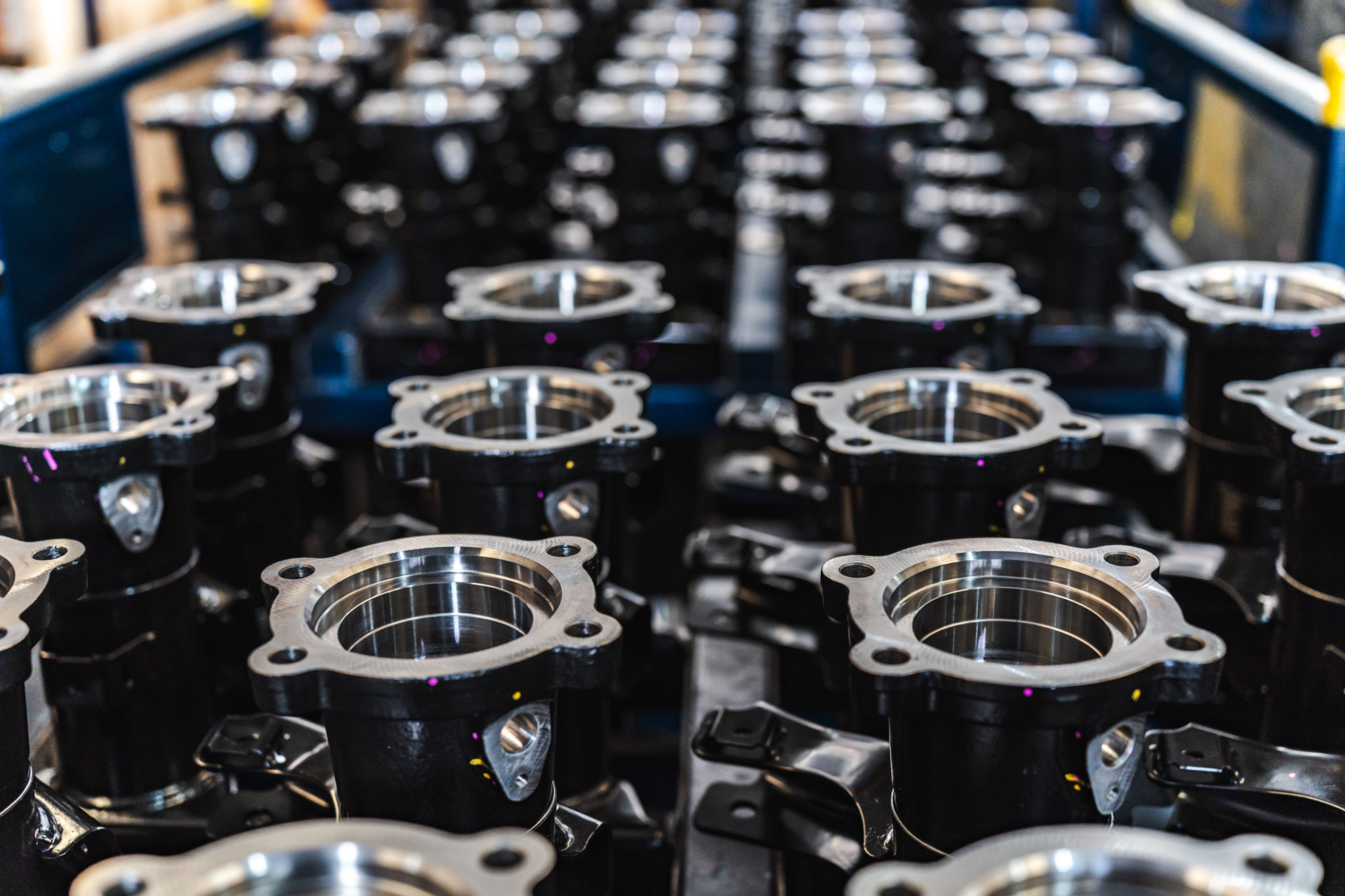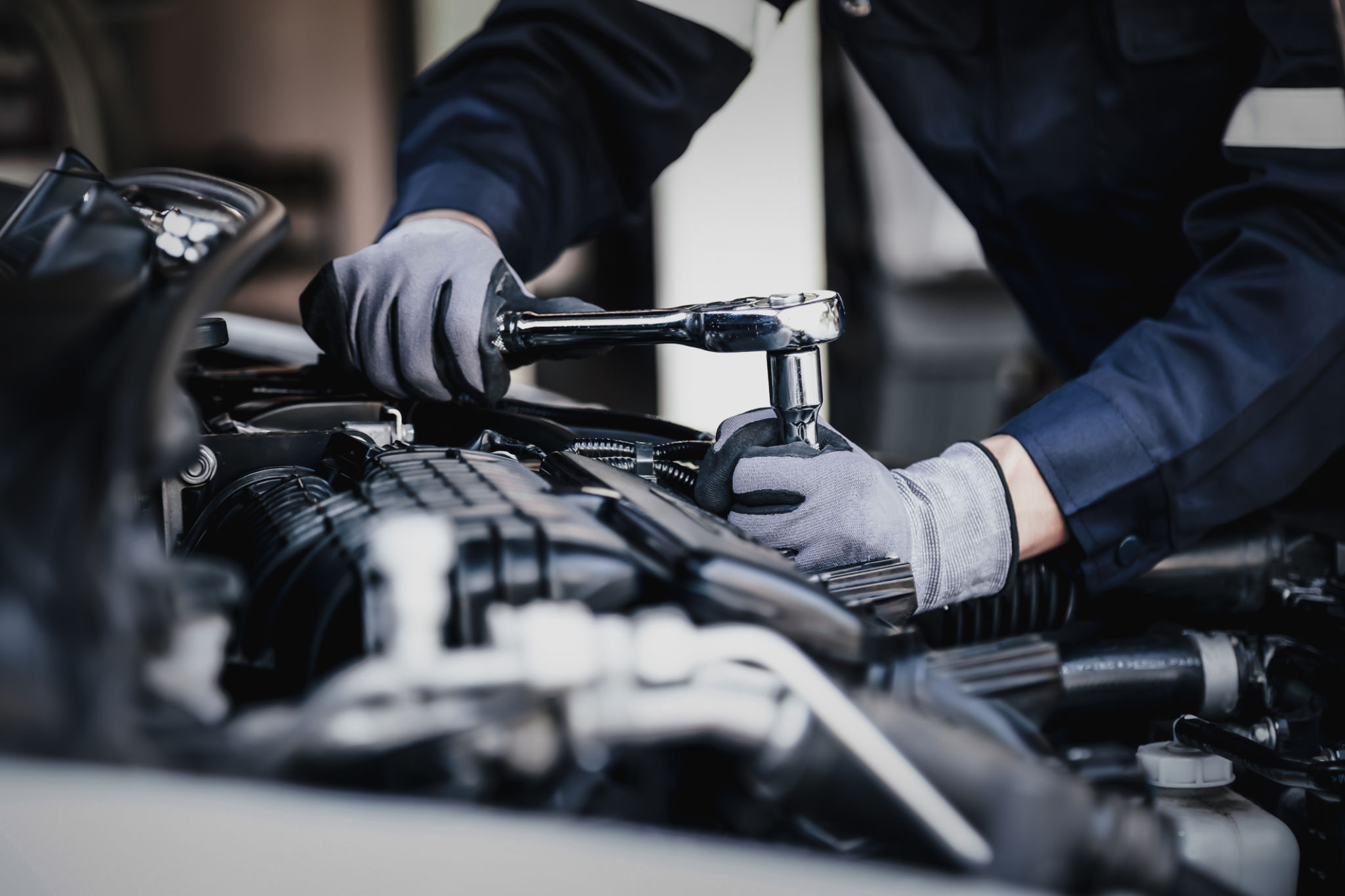Common Myths About Spare Parts: What You Really Need to Know
Understanding the Basics of Spare Parts
Spare parts are essential components that ensure the smooth functioning of machinery, vehicles, and various appliances. Despite their importance, there are numerous myths surrounding spare parts that can lead to confusion and misinformed decisions. Understanding these misconceptions can help you make more informed choices when it comes to maintenance and repairs.

Myth 1: All Spare Parts Are Created Equal
One of the most common myths is the belief that all spare parts are identical and interchangeable. In reality, spare parts vary significantly in terms of quality, compatibility, and performance. Original Equipment Manufacturer (OEM) parts are designed specifically for your equipment, ensuring the best fit and functionality. On the other hand, aftermarket parts may vary in quality and may not offer the same level of reliability.
The Importance of OEM Parts
OEM parts are produced by the same company that manufactured the original equipment. These parts are engineered to meet the precise specifications of your machinery, providing optimal performance and longevity. While they might be more expensive, OEM parts can save you money in the long run by reducing the risk of breakdowns and costly repairs.

Myth 2: It's Always Cheaper to Buy Aftermarket Parts
While aftermarket parts are often marketed as a cost-effective alternative, they can sometimes lead to hidden expenses. The initial savings might be tempting, but if these parts fail prematurely or cause additional damage, you may end up spending more on repairs and replacements.
Evaluating Cost vs. Value
When choosing between OEM and aftermarket parts, consider the total value rather than just the upfront cost. Quality should be a top priority, as inferior parts can compromise the safety and efficiency of your equipment. Investing in high-quality parts may result in greater savings over time by extending the lifespan of your machinery.

Myth 3: Spare Parts Are Only Necessary for Repairs
Another prevalent myth is that spare parts are only needed when something breaks down. In truth, having a stock of essential spare parts is crucial for preventive maintenance. Regularly replacing worn or outdated components can prevent major issues and ensure continuous operation.
The Role of Preventive Maintenance
Preventive maintenance involves routine inspections and part replacements to avoid unexpected failures. By keeping critical spare parts on hand, you can address potential problems before they escalate, minimizing downtime and maximizing productivity. This proactive approach can lead to significant savings in repair costs and enhance the overall performance of your equipment.

Myth 4: You Don't Need to Plan for Spare Parts
Some businesses underestimate the importance of planning for spare parts inventory, assuming they can easily procure parts when needed. However, this can lead to long downtimes if parts are not readily available. A well-thought-out inventory strategy ensures you have the right parts when you need them.
Creating an Effective Inventory Strategy
An effective spare parts inventory strategy involves identifying critical components, forecasting demand, and maintaining optimal stock levels. By analyzing usage patterns and understanding your equipment's needs, you can create a reliable inventory system that reduces downtime and enhances operational efficiency.
In conclusion, understanding the realities of spare parts is essential for effective maintenance and repair management. By debunking common myths and focusing on quality, compatibility, and proactive planning, you can ensure your machinery operates smoothly and efficiently.
